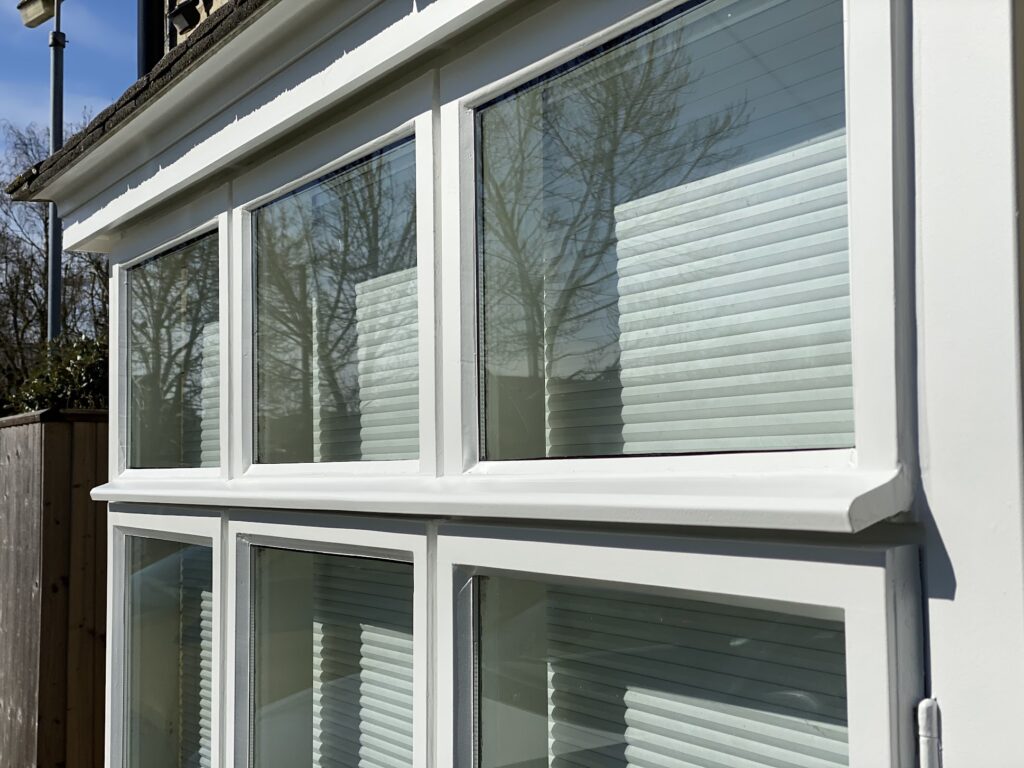
Window glass, available in various types, plays a crucial role in the energy efficiency and comfort of property residents. The right glass can conserve energy, ensure privacy, enhance security, and contribute to the overall aesthetic appeal of a building.
In our window double-glazing retrofitting projects, we primarily use high-performance vacuum-insulated double-glazing units.
While this insulating glass has many benefits, it is currently primarily used in window restoration projects. Vacuum-insulated glass provides excellent thermal insulation, which makes it well-suited for upgrading historic windows. However, it has not yet been widely adopted for all window applications.
Factors to Consider When Choosing Window Glass
Energy Efficiency
Glass may appear simple, yet subtle tweaks in its formulation yield profound dividends in energy efficiency and window energy rating. Advanced windows now minimize heat loss on cold days and repel solar heat gain on hot days, transforming homes and buildings.
Strategic use of speciality coatings filters infrared light, while inert gas fills between double panes suppress convection. Vacuum-insulated units push performance even further by eliminating gas conduction—a costly technology mastered by few.
Beyond additional panes, it’s the considered choices in insulation methods and materials that enable such leaps in efficiency. Each component layer empowers the next, stacking savings through synergistic design.
Thermal photo from one of our double glazing retrofitting projects that show outstanding A-rated insulation performance of vacuum double glazing.
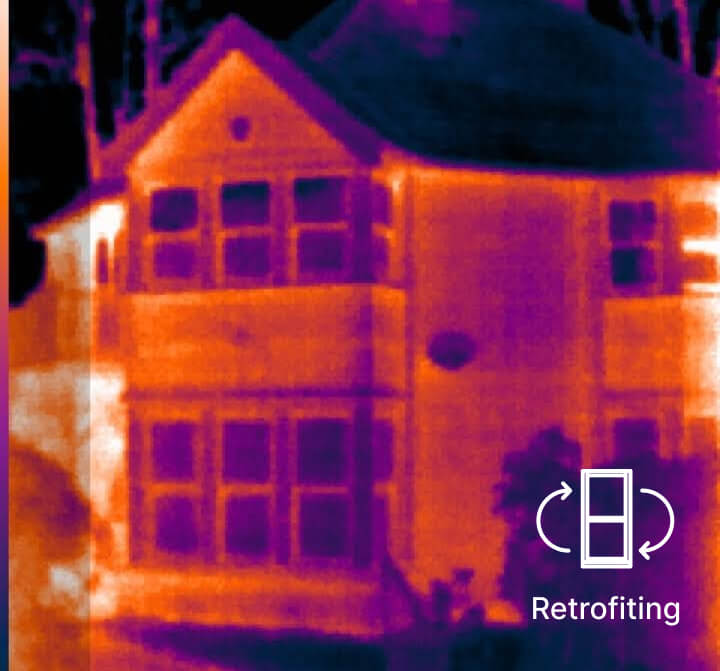
Energy-wise glazing reduces energy bills, emissions, and strain on the power grid. This hidden helper cuts waste and enhances comfort, exemplifying how science applied thoughtfully can drive progress.
Innovations once considered impractical or impossible have become the standard.
Our windows now insulate, filter, and protect, revealing glass that does far more than meets the eye.
Privacy
Privacy glazing allows light to filter in while obscuring vision from the exterior. This eliminates the need for curtains or blinds while maintaining privacy. Frosted, tinted, and reflective glasses are ideal for privacy.
There is also the option to use privacy fills to improve privacy if the window was not originally made with patterned glass.
These fills come in various materials like translucent laminates, frosted/etched glass, or polyester film inserts that diffuse light and views. Installing insulated glass with an internal privacy fill allows clear windows to be upgraded to provide privacy without having to replace the existing glass or alter the exterior appearance.
Safety & Security
Some glasses are reinforced or laminated for enhanced safety and security. They can withstand impacts from accidents or attempts at forced entry.
Tempered and laminated glasses reduce the risks of injuries from glass shatter.

There are also regulations in place in the UK regarding safety glasses. The Building Regulations approve document N on glazing specifies requirements for safety glazing in locations where there is a risk of injury from accidental human impact.
This includes glazing in doors, windows less than 800mm from the floor, glazing adjacent to doors, large pane glazing, glazing on balconies and stairs, etc.
Safety glass, such as toughened or laminated glass, must be used under UK glazing safety standards in these hazardous locations.
Different Types of Window Glass
Float Glass
The windows we peer through every day owe their optical clarity to an ingenious process called float glass manufacturing. It all begins with molten glass poured atop a bath of molten tin. The glass floats on this liquid metal, spreading evenly under the forces of gravity.
As the suspended glass flows down the production line, its surfaces become perfectly flat and parallel. The molten tin delivers flawless consistency unattainable by rolling or pressing. The glass is then gently lifted from the tin and cooled with precise control that prevents internal stresses.
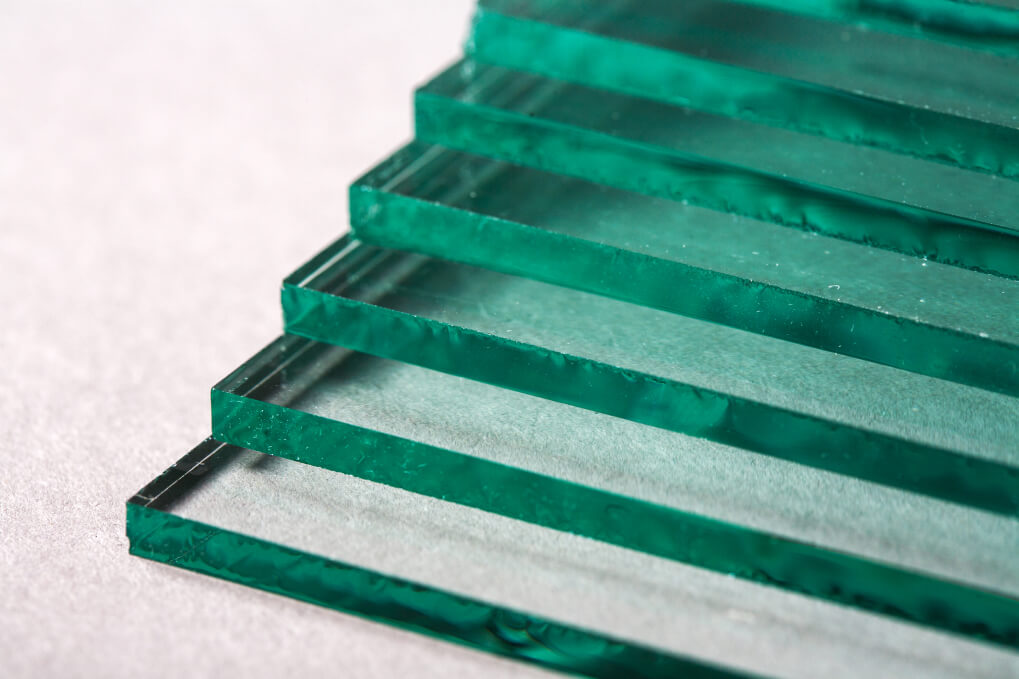
The result is an affordable glass of unparalleled quality, delivering see-through visual fidelity. This basic float glass becomes the substrate for advanced products like tempered, laminated, or low-emissivity glass.
Yet it all traces back to floating liquid glass on liquid metal, an unlikely pairing that enables crystal clear vision. Float glass processing seems almost alchemical in its transformation of raw materials into fundamental building blocks that shape our world.
Tinted Glass
Tinted glass is soaked in molten salts to achieve a coloured appearance. It offers varying degrees of light and heat transmission. Tinted glass cuts glare, enhances privacy and can improve aesthetics.
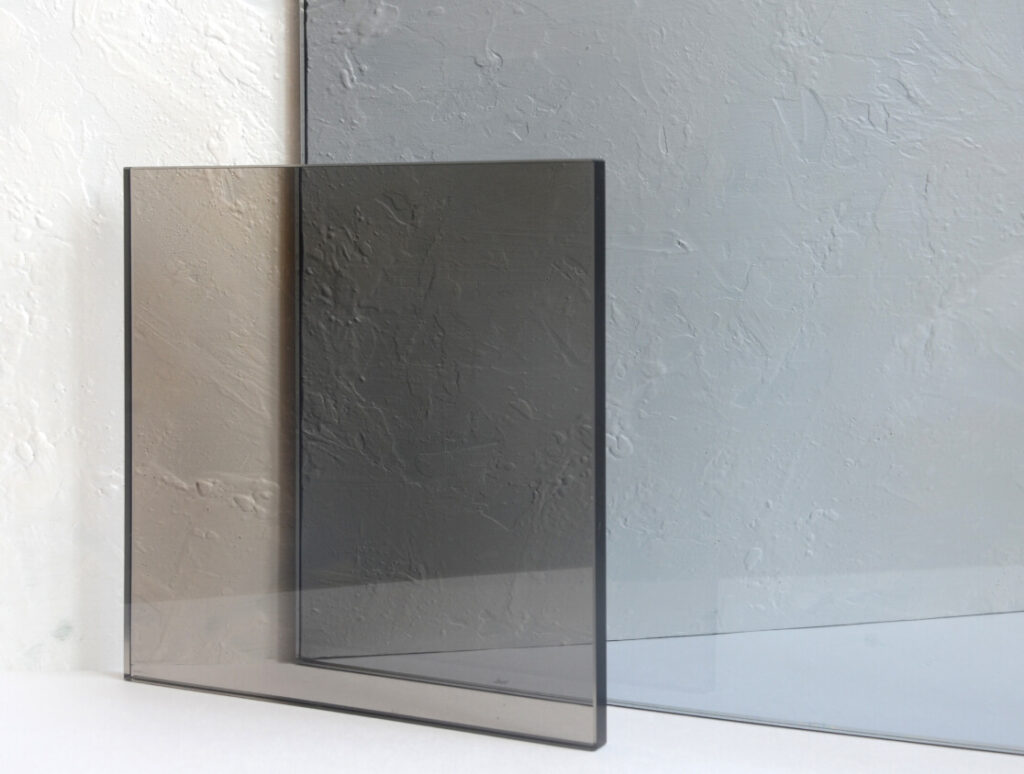
Overall, tinted glass serves many purposes – it cuts glare, reduces heat gain, enhances aesthetics, improves privacy, and creates interior comfort.
With options from light to dark tints and different colours, it offers versatility to meet both practical and design goals.
Tempered Glass
Ordinary glass snaps into hazardous shards when fractured, but tempered glass transforms this weakness into strength. Through ingenious heat treatment, its safety and resilience are bolstered.
The tempering process sees the glass heated and then rapidly cooled, putting the outer surfaces into compression while the core remains in tension. Like a taut muscle, this tug-of-war structure makes the glass dramatically more impact-resistant.
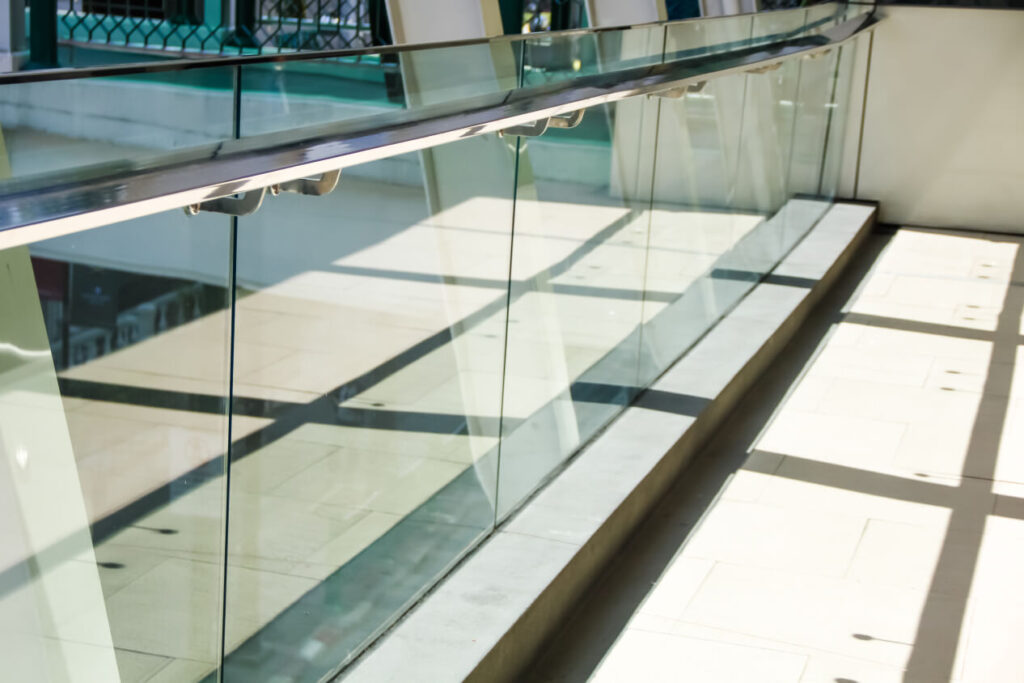
When broken, tempered glass dissipates energy by shattering safely into blunt pebble-like pieces. This unique fracture pattern has made it a standard for side windows in cars and glass doors in buildings. Tempered glass stands up to 4-5 times more abuse than untempered annealed glass before succumbing.
Laminated Glass
Laminated glass leverages the versatility of plastics to create stronger, safer windows. Constructed from two or more layers of glass bonded with an inner plastic interlayer, typically polyvinyl butyral (PVB), laminated glazing prevents shards from flying when broken.
The rigid glass provides structure and transparency, while the flexible PVB plastic holds the fragments together. This prevents the window from crumbling apart into dangerous shards. Even with cracks or impact damage, the laminate stays intact.

Advanced chemical engineering produces durable PVB films ideal for lamination. The plastic interlayer bonds firmly to glass under heat and pressure, creating a transparent composite. The components retain their individual strengths yet gain resilience from their symbiosis.
There are several benefits to laminated glass:
- Safety – The laminate prevents glass shards from becoming dangerous projectiles, making laminated glass a safety glazing material. It is often used where human impact is likely.
- Security – The glass remains difficult to penetrate even when cracked, providing forced entry protection. This makes it popular for security glazing.
- Sound dampening – The PVB laminate dampens vibrations, giving laminated glass soundproofing abilities. It can reduce exterior noise transmission.
- UV protection – Laminated glass can be manufactured with interlayers that filter out ultraviolet light. This prevents the fading of interior furnishings.
Laminated glass is frequently used for windows, doors, skylights, railings, and other glazing subject to human impact or requiring sound control or security. In double-glazing units, a laminated pane may be combined with a hardened pane to obtain both safety and thermal benefits. The layered construction of laminated glass gives it versatility to meet various building performance requirements.
Obscured Glass / Patterned glass
Obscured glass has a frosted, pebbled, fluted, or stained appearance that scatters light. This prevents clear views while letting light in. Acid etching or sandblasting are techniques used to obscure clear float glass.
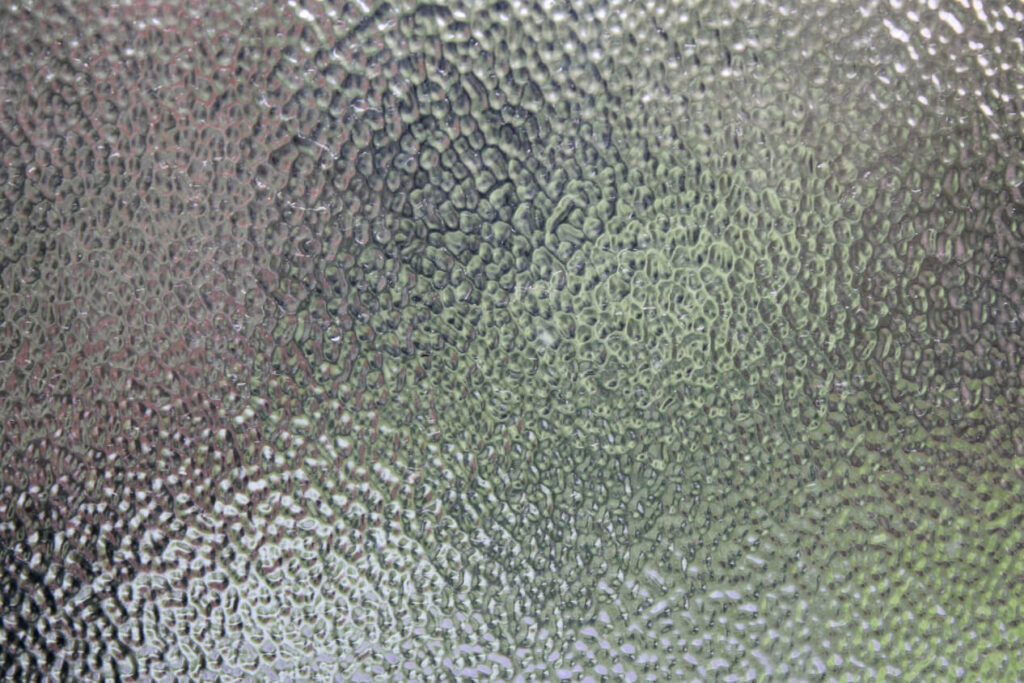
Patterned glass has decorative designs, shapes, or textures embedded during manufacturing. Types include frosted, coloured, bevelled, corrugated, and stained glasses. Patterns obstruct visibility while infusing unique styles.
Here are some of the most common patterns and textures of obscured glass:
- Frosted – A silky, translucent finish that totally obscures visibility while transmitting light. One of the most popular choices.
- Satin – Fine acid etching that provides partial obscurity. More transparency than frosted glass.
- Reed – Thin, parallel lines etched into the glass surface. Provides a delicate obscured effect.
- Rain – Clustered dots etched in wavy lines, mimicking rain on a window.
- Pebble – Glass is sandblasted for a bumpy pebble-like texture. Fully obscured.
- Flutes – Wide parallel ridges rolled into the glass surface during production.
- Muranese – Tiny bubbles embedded throughout the glass create a pixilated obscured effect.
- Stippolyte – Glass is hand painted with an opacity-creating solution, making painterly patterns.
- Spandrels – Ceramic frits baked onto the glass form opaque decorative designs and panels.
- Wire – Thin linear wires are suspended in the glass for a grid-like obscured appearance.
With this wide variety of patterns available, obscured glass can be tailored to provide just the right level of visibility and privacy. The aesthetics can also be customized to suit interior design needs.
Low-E (Low-Emissivity) Glass
Low-emissivity (Low-E) glass is a clever innovation that leverages nanoscale technology to reduce heat transfer through windows. An incredibly thin coating of metal oxides is applied to the glass, forming a transparent barrier scarcely thicker than a wavelength of light. This invisible barrier blocks infrared radiation, acting like a thermal insulator.
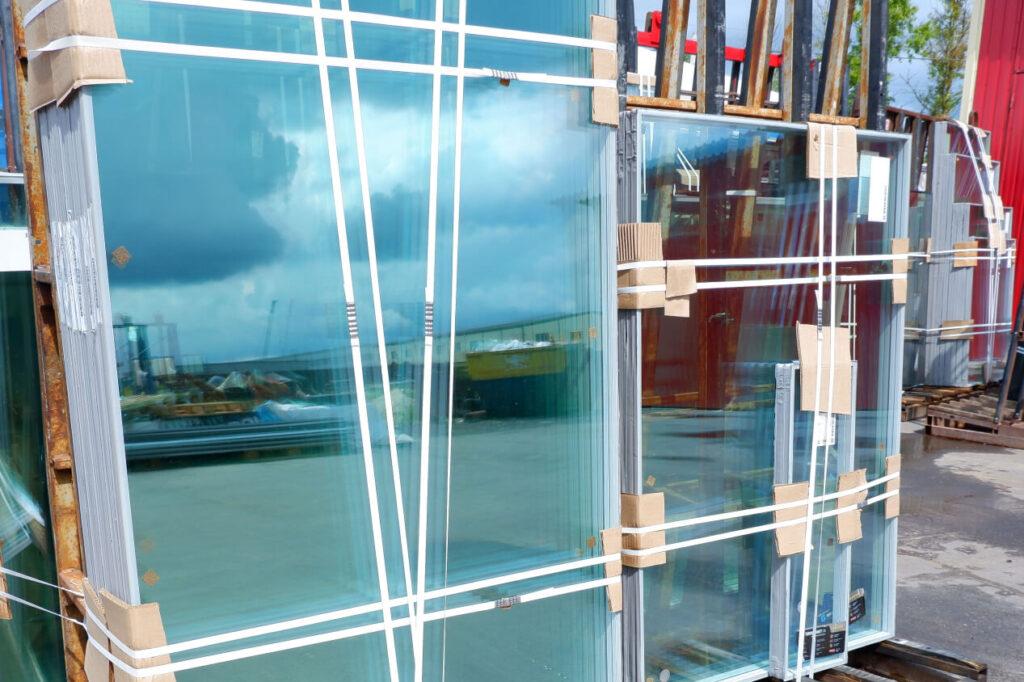
In winter, the low-emissivity surface inhibits radiative heat loss to the cold outdoors.
Warmth is reflected back into the room, decreasing demands on the heating system. In summer, the coating prevents infrared rays from entering and heating up indoor spaces. By controlling infrared radiation, Low-E glass reduces air conditioning usage and delivers year-round energy savings.
This futuristic technology is simple in concept yet highly advanced in execution. A microscopic metal layer transforms glass into a dynamic filter that selectively traps or transmits radiation.
Homes and buildings outfitted with Low-E windows enjoy greater comfort and lower energy bills. Just another example of how science quietly shapes our daily lives.
Insulated glass
Insulated glass, most commonly known as double-glazing or double-glazing units, has now become the standard for all new window installations.
Depending on the insulation substance and technology used, double-glazed units can meet modern standards for thermal efficiency, noise reduction, and condensation resistance.
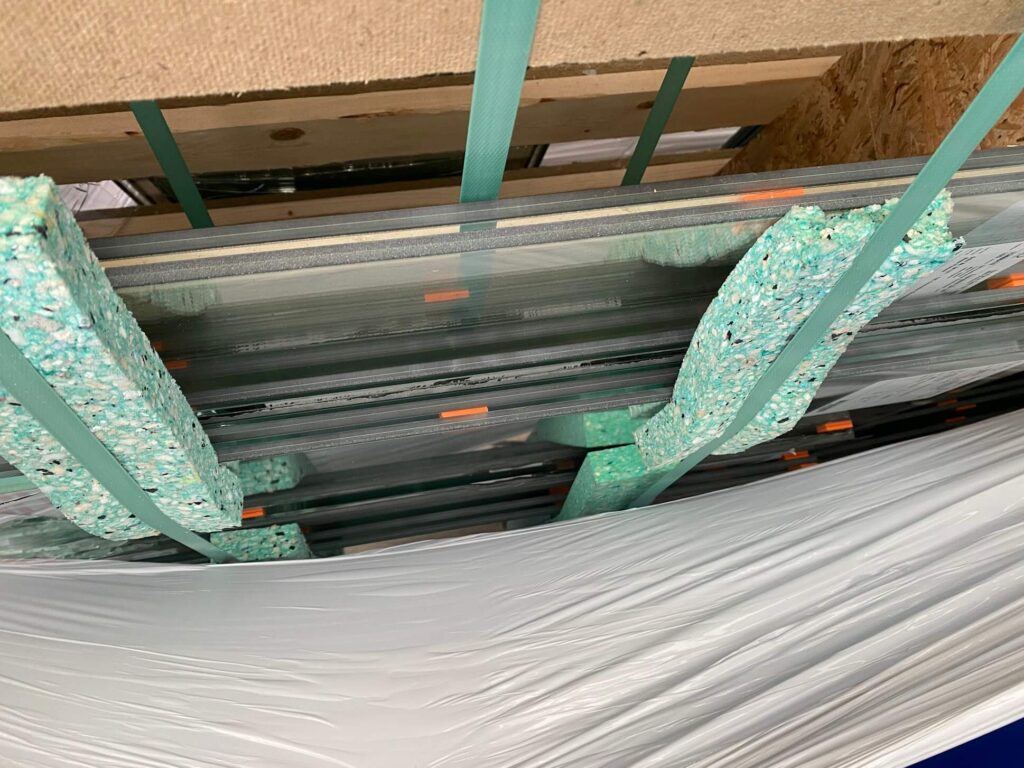
By creating a sealed air space between two panes of glass, double glazing provides an extra layer of insulation compared to single-pane windows.
As energy efficiency codes have become more stringent over time, high-performance double glazing has been widely adopted in new construction to meet regulatory requirements and consumer expectations for comfort.
With its ability to reduce energy costs while also minimizing exterior noise and interior condensation, insulated glass ticks all the boxes for contemporary window performance.
Conclusion
Window glass technology has expanded from basic transparent glazing to a range of energy-saving, aesthetic, and specialized types. Advancements continue to bring dynamic, multi-functional glasses to the market.
The ideal types of window glass depend on assessing priorities like energy use, lighting, appearance, privacy, and security.
Read more articles

The guide to choosing shutters for sash windows
The guide to choosing shutters for sash windows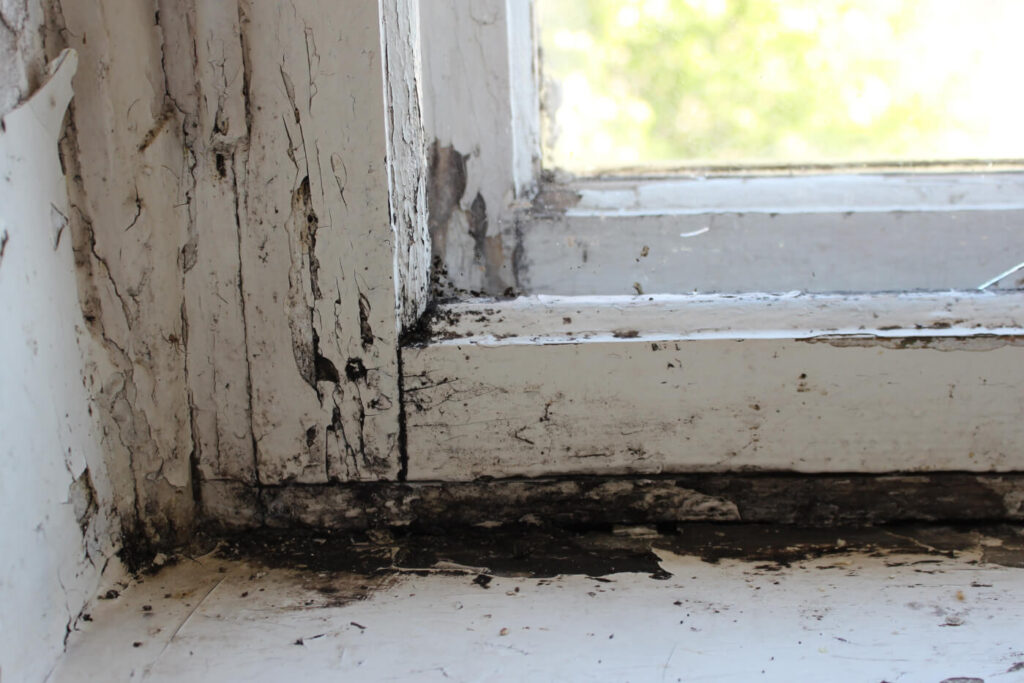
Black mould on windows
Black mould on windows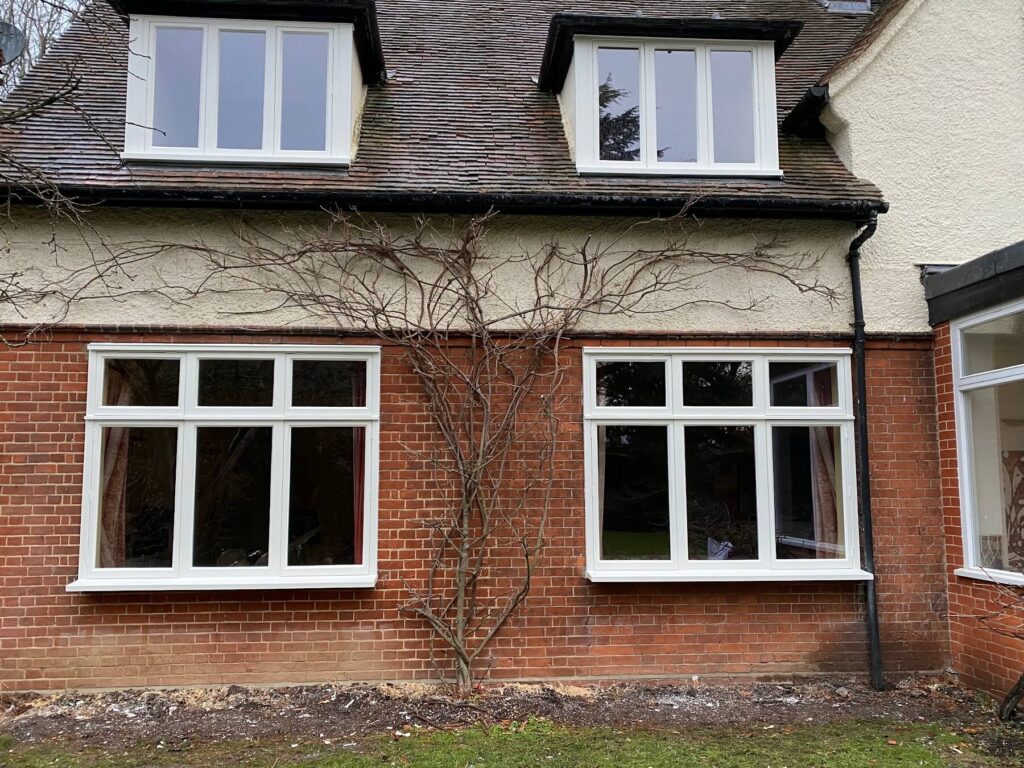
A Rated Windows Explained
A Rated Windows Explained